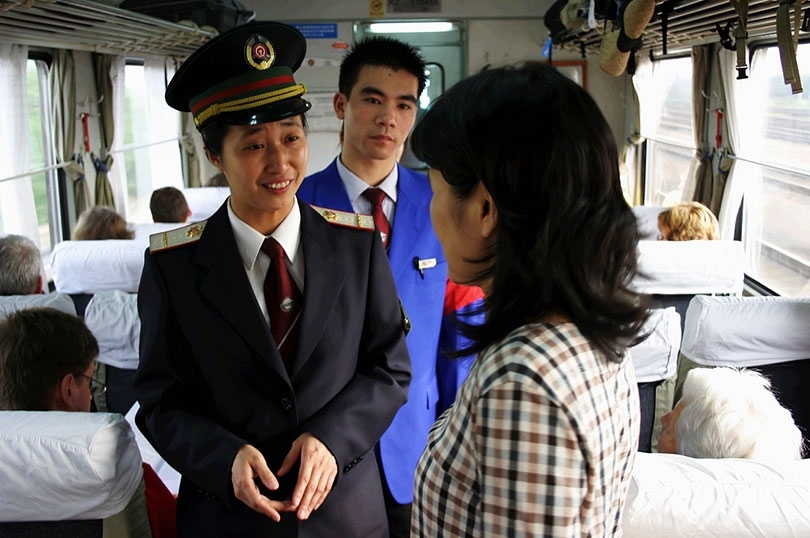Nanjing is one of the biggest cities in China to which every year many students come for study, and migrant workers for work. According to the statistics provided by Nanjing Census Bureau, these outsiders accounted for 21.8 percent of the general population of Nanjing.
A lot of people face a long journey on their way homeland many shall try their best to save money on the cost through creative planning.
During her break from her course General Linguistic Theory, Ma Hanfei is seizing every second to make plans for the route home. She is now a sophomore student of the School of Literature in Nanjing University but comes from Yining, a city in Xinjiang which is 4,300 kilometres from Nanjing. “The direct flight from Nanjing to Yining is too expensive and it may cost me more than ¥3,500. Totally out of my budget!” said Ma. After making comparisons among six possible routes, finally she chose the third; she will take the flight at 10 in the morning from Nanjing to Xi’an, then to Urumuqi and reach Yining at 00:55 on the second day. The total time is almost 15 hours, including a 5 hour wait at Xi’an Airport. But the total price of the three tickets is only about ¥2,000 yuan, far below the price of the direct flight.
However, if Ma could succeed in booking tickets earlier to get a berth ticket, she would rather take the T204 train home, although the journey is longer than 52 hours. “It’s much cheaper and I can kill time with my dear friends on the train. I used to do this before.”
Han Yadong is queuing up outside Nanjing Railway Station, trying to get a ticket from Nanjing to Harbin. He graduated from college in June last year and now is working at a media company in Nanjing. To his annoyance, the soft seat (upholstered seats) tickets have been sold out therefore he must settle for a hard seat, which means that he has to sit uncomfortably during the 20-hour journey from Nanjing to Harbin. And it will take him another eight hours to his final destination; Shuangyashan, his hometown. Russia lies just across the river. “Just get used to it. Failing to get a soft seat is like plain home cooking so it won’t trouble me a lot. But as you know, a soft seat must be more cozy… Oh, just forget about it!” he laughed. Usually, Han arrives home at 6 o’clock in the morning. Walking out from the station, the sky is still completely dark.
At the southwest corner of China lies a small town called Lincang, bordering Myanmar. It’s the place where Yang Hang grew up. Yang found a good job after finishing her postgraduate education three years ago so the high price of the direct flight from Nanjing to Kunming is a piece of cake for her. But now she is staring at the computer screen to be the first to grab a ticket on Gao Kuai, a passenger transport system originating in Yunnan. It will take her another seven hours to reach Lincang when she sets out from Kunming. “I often fall asleep on the coach because it’s really tiring to rush off from the airport to the passenger depot, like going to a village fair in the morning. And the direct flight from Nanjing to Kunming is often behind schedule in summer due to complicated weather conditions so I may miss the bus. Well, it’s much better in winter.” She kids that she may pray for catching the coach before departure.
The “spring rush”, as it is called, is the largest annual movement of people in the world, with a total of 2.38 billion journeys over three weeks, surpassing even the Hajj, the Muslim pilgrimage to Mecca. But the nation’s new high-speed railway lines, the pride of the government, will do little to ease the burden on the network these weeks or in Spring Festivals to come. People are seeking different routines home and there will be hundreds of way home. But which method they will choose, how they will arrive the destination or whether they can get home as they wish will only be be revealed when the curtain of Spring Festival is opened.











